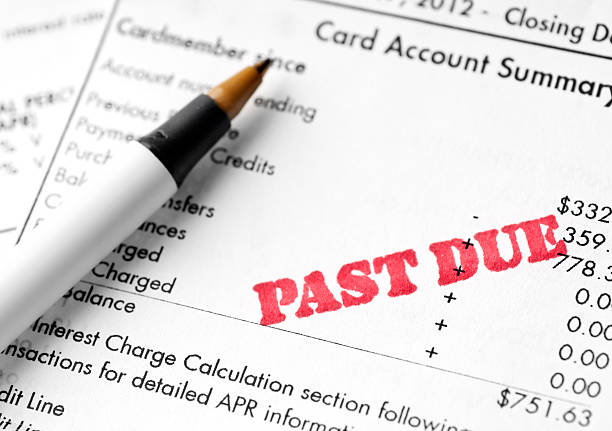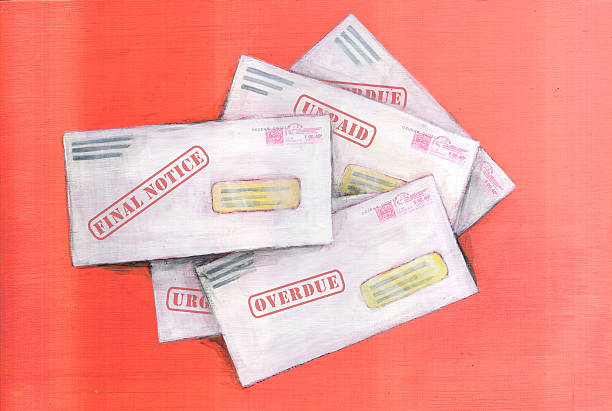
Entering one’s fifties and beyond, the specter of overextended personal debt shifts from a financial challenge to a profound threat to one’s entir...
Read More
The trajectory of overextended personal debt is a story told in chapters, each defined by the unique pressures and perils of a different decade. It is...
Read More
Are you managing your debt? Or is it managing you? If you're stuck in a money quicksand trap, you may not even realize at first that you're in a finan...
Read More
- Start by taking inventory of all your outstanding debts. - Look for ways to maximize your disposable income so you can put more money towards your ...
Read More
Entering one’s twenties often marks the beginning of true financial independence, a period of exciting possibilities juxtaposed with significant eco...
Read More
Navigating the labyrinth of healthcare debt requires a unique blend of financial strategy and systemic understanding, distinct from managing other for...
Read MorePlan for known expenses (childcare, education) and build a robust emergency fund (3-6 months of expenses) to cover unexpected costs. This prevents you from reaching for credit cards when surprises happen.
People may sign up for loans with variable interest rates, hidden fees, or unfavorable terms without realizing it, leading to payment shock and unaffordable debt down the road.
Extremely high interest rates, hidden fees, unnecessary insurance add-ons, balloon payments, and pressure to sign quickly without reviewing terms.
They primarily earn money by charging merchants a fee (a percentage of the sale). They also generate significant revenue from late fees charged to consumers who miss their scheduled payments.
If you cannot qualify for a lower rate on your own, asking a trusted individual with excellent credit to co-sign can help. However, this is extremely risky for the co-signer, who becomes legally responsible for the debt if you fail to pay, potentially damaging their credit and your relationship.